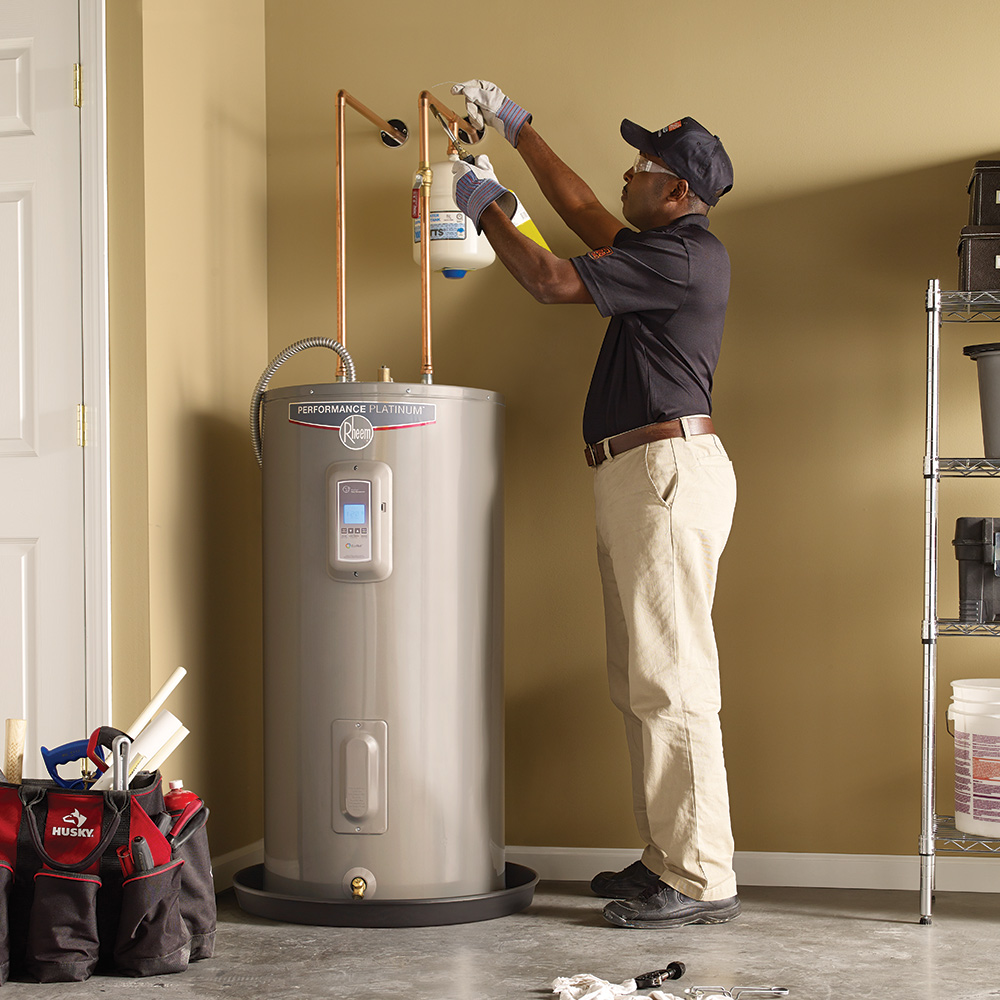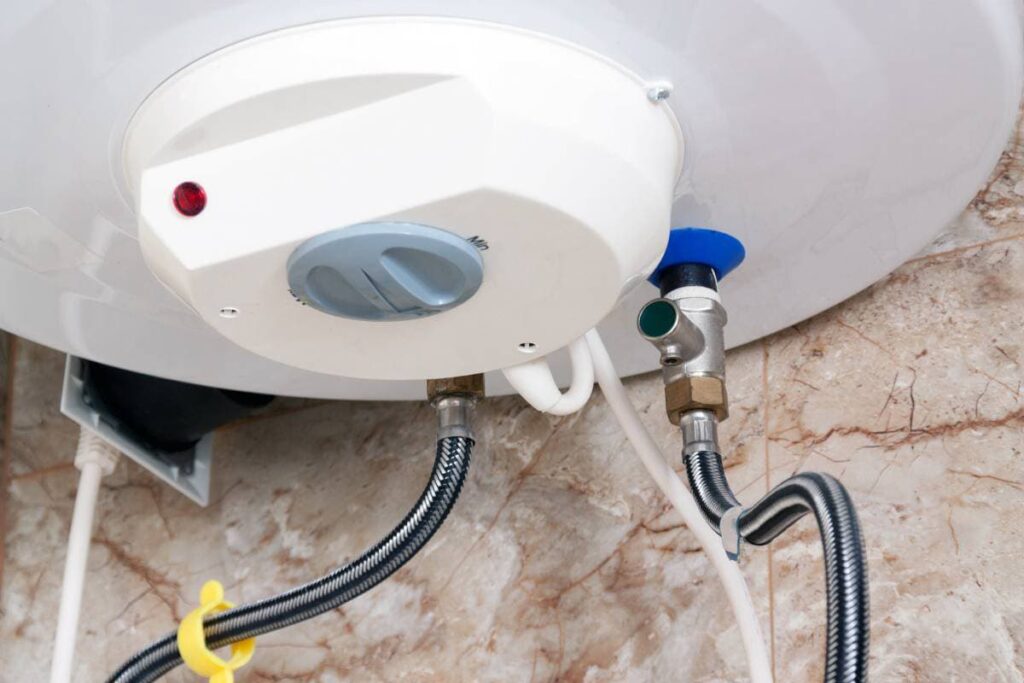Useful Techniques for Maintaining Your Home's Hot Water System
Useful Techniques for Maintaining Your Home's Hot Water System
Blog Article
Presented here down the page you will discover some sensible insight regarding Tips on Maintaining a Water Heater.

Warm water is important for daily comfort, whether it's for a rejuvenating shower or cleaning meals. To ensure your warm water system runs effectively and lasts longer, routine upkeep is crucial. This short article provides sensible ideas and insights on exactly how to maintain your home's hot water system to stay clear of disturbances and costly repair services.
Intro
Preserving your home's hot water system may appear daunting, yet with a few straightforward actions, you can ensure it operates smoothly for years to find. This overview covers every little thing from recognizing your warm water system to do it yourself upkeep ideas and knowing when to call in expert help.
Relevance of Maintaining Your Warm Water System
Regular upkeep not only expands the lifespan of your warm water system but likewise guarantees it operates successfully. Overlooking upkeep can lead to reduced performance, higher power bills, and even early failure of the system.
Indications Your Warm Water System Needs Upkeep
Recognizing when your hot water system requires focus can avoid significant problems. Keep an eye out for signs such as inconsistent water temperature level, weird noises from the heating unit, or corroded water.
Recognizing Your Hot Water System
Before diving into upkeep jobs, it's handy to understand the fundamental elements of your warm water system. Commonly, this includes the water heater itself, pipes, anode rods, and temperature level controls.
Month-to-month Upkeep Tasks
Normal month-to-month checks can help catch minor problems before they intensify.
Flushing the Water Heater
Flushing your hot water heater eliminates sediment accumulation, improving efficiency and lengthening its life.
Monitoring and Replacing Anode Rods
Anode poles stop corrosion inside the tank. Examining and replacing them when worn out is important.
Checking and Changing Temperature Setups
Changing the temperature level settings makes sure ideal efficiency and security.
DIY Tips for Upkeep
You can do a number of maintenance jobs on your own to maintain your hot water system in top condition.
Checking for Leaks
Frequently examine pipes and connections for leaks, as these can bring about water damages and greater expenses.
Checking Pressure Relief Valves
Evaluating the pressure safety valve guarantees it works properly and avoids excessive stress build-up.
Protecting Pipes
Shielding warm water pipes reduces heat loss and can conserve energy.
When to Call a Professional
While do it yourself upkeep is helpful, some issues call for expert experience.
Complicated Issues Needing Professional Aid
Examples consist of significant leaks, electric issues, or if your water heater is continually underperforming.
Regular Professional Upkeep Advantages
Professional upkeep can consist of detailed assessments, tune-ups, and making certain conformity with safety criteria.
Conclusion
Normal maintenance of your home's warm water system is vital for efficiency, durability, and cost financial savings. By following these pointers and understanding when to look for professional assistance, you can ensure a trusted supply of hot water without unanticipated interruptions.
How to Maintain an Instant Hot Water Heater
Before tinkering with your hot water heater, make sure that it’s not powered on. You also have to turn off the main circuit breaker and shut off the main gas line to prevent accidents. Also turn off the water valves connected to your unit to prevent water from flowing into and out of the appliance. 2. When you’re done, you have to detach the purge valves’ caps. These look like the letter “T†and are situated on either side of the water valves. Doing so will release any pressure that has accumulated inside the valves while at the same time avoid hot water from shooting out and burning your skin. 3. When the purge valves’ caps are removed, you have to connect your hosing lines to the valves. Your unit should have come with three hoses but if it didn’t, you can purchase these things from any hardware or home repair shops. You can also get them from retail stores that sell water heating systems. Read the user’s manual and follow it to complete this task properly. When the hosing lines are connected, open the purge port’s valves. 4. You should never use harsh chemical cleaners or solutions when cleaning your unit. Make use of white vinegar instead. It should be undiluted and you’ll probably use about 2 gallons. 5. Now flush your water heater. This task should probably take about 40 minutes. We can’t give you specific directions for this because the procedure is carried out depending on the type, model and brand of your heater. With that being said, refer to the user’s manual. 6. When you’re done draining the unit, you have to turn off the purge port valves again. Remove the hosing lines that you earlier installed on each of the water valves. Put the valve caps (purge port) back in their respective places and be very careful so as not to damage the rubber discs that are found inside these caps. 7. Now that everything’s back in place, check your user’s manual again to find out how to reactivate your water heating system. 8. Once it is working, turn one of your hot water faucets on just to let air pass through the heater’s water supply pipes. Leave the tap on until water flows smoothly out of it. https://www.orrplumbing.com/blog/2014/september/how-to-maintain-an-instant-hot-water-heater/

I came across that blog entry on Tips on Maintaining a Water Heater while exploring the internet. Sharing is good. Helping others is fun. Thank-you for your time spent reading it.
Browse Website Report this page